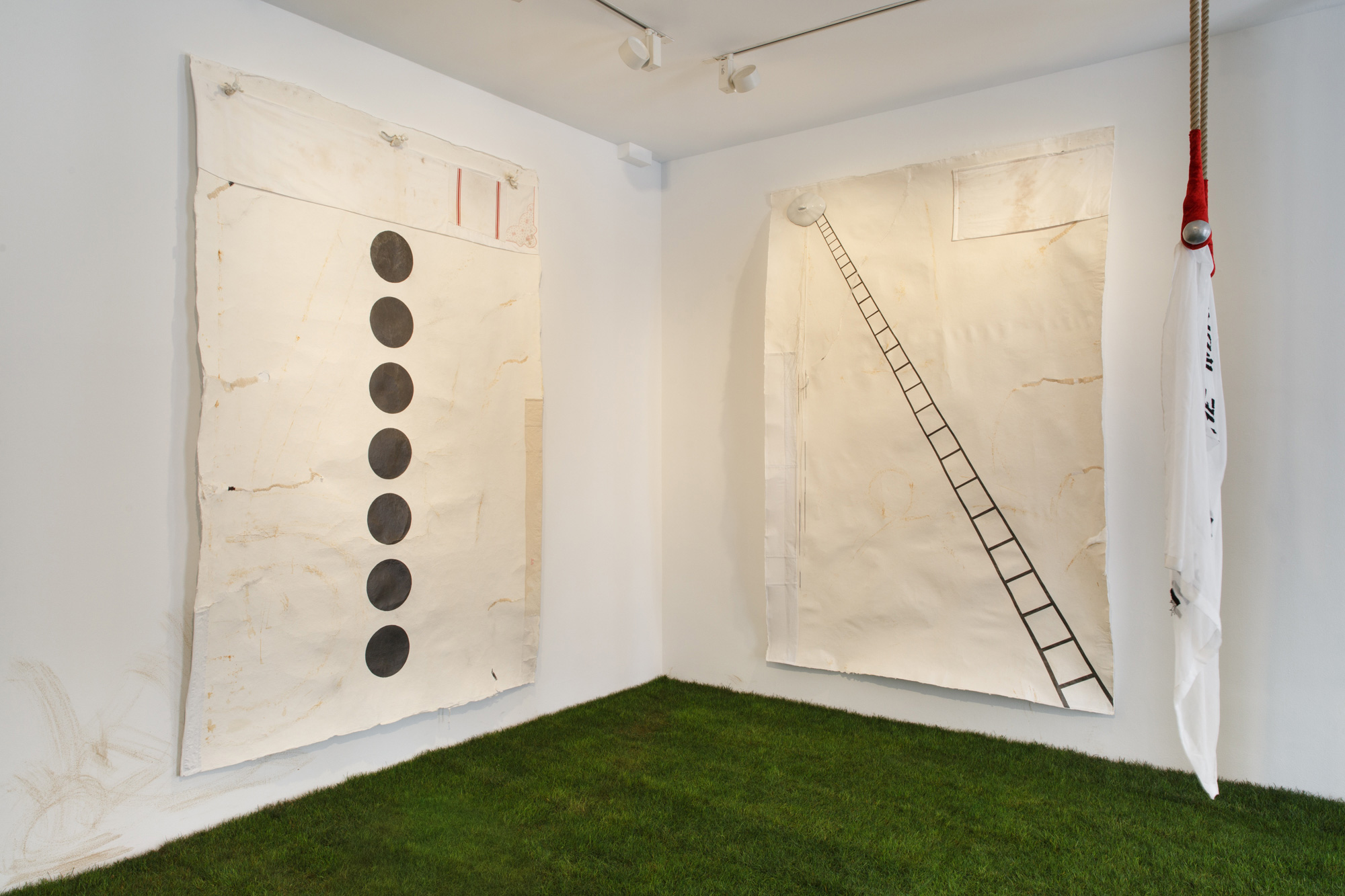- text
- pictures
- Elena del Rivero
I
to the end of the world
I show you the pulse in the scars of my body
the holocaust of every night
the mandrakes that grow between the nearly virgin fingers of the hangman incomprehensible victims of the violent history of the triumphant
the miracle of the days and nights like an oozing wound
to the end of the world
the angel’s stumps are made of porcelain
the sutures are made of cornaline
at the end of the staircase dreams fall like pins on the mother’s face as she watches the dissected flight of beetles
pain lives in the offspring latent like a false sleeper
to the end of the world
all hearts wrap themselves in ever more mute words
the world is in chaos but I allow all stairs to fall into the void
to the great moments and moments of years as if nothing were happening out there
orange branches burn in the house
the butterfly wings
the tears that have dried and the fresh ones
inherited fragments
the tar I don’t know how to remove as it is so stuck to my fingers
useless dresses the siblings’ childhood and adolescence
love’s replies are infinite and are manifested on the lake’s surface on the white chant
of paper on the scars
they sleep safe from chaos and we feel we did something great together
after the end of the world I will ask that the mutilated angels light and the scars of the dowry stay with us
Mateo Feijóo, 2018
__________________________________________________________________
T H E E N D O F T H E W O R L D
In 2016, Del Rivero received the Joan Mitchell artist award and a year later a residency at The Joan Mitchell Foundation in New Orleans. For this residency she proposed a project that dealt with the trauma and recovery efforts in the neighborhoods that had been devastated by Hurricane Katrina in 2005. Working with a guide, Rob Mohammed, she took photographs and collected remnants of the storm and its effects many years later. Mohammed also took her outside of the city to a part of Southern Louisiana called, among locals, The End of the World, an area where the land and the marshes slowly disappear into the ocean. She then organized all the different components she had gathered into a large installation which took place in New Orleans at The Joan Mitchell Center in 2017. The project now being presented at Travesía Cuatro is deeply inspired by those experiences.
As you enter the space two large works on handmade paper hang from the gallery walls. Stitching and embroidery have been used to repair the tears that were intentionally made during her process. Old bedlinens, some found in a flea market, some handed down from family, are sewn onto the paper as a means of reinforcement. Other found items such as ceramic angels, embroideries made by Del Rivero’s mother, and the kind of needles used for mending carpets are integrated into the pieces. Suspended from the ceiling in the center of the gallery is a trapeze from which a long silk embroidery hangs, gently moving from wind created by a fan. Photographs taken from The End of the World are shown connecting the installation to the original site.
Elena del Rivero is a multi-disciplinary artist with a focus on painting and works on paper. She draws inspiration from everyday life and what is at hand. Her projects develop slowly, building visual narratives and are completed with carefully chosen titles that favor the double entendre.
Since the early 90’s Del Rivero’s work has continued to focus on the chores of repairing works that were damaged, intentionally or not, during the process of making them. With a commitment to the act of mending, Del Rivero has completed large-scale installations like [Swi:t] Home (2001), CHANT (2006), and the ongoing series Letter to the Mother started in 1992, among others.
Initial impressions of her work may suggest it to be autobiographical. Veiled in a poetic ambiguity, Elena del Rivero has chosen to never explicitly reveal details of her life’s narrative. Instead, her work acknowledges certain experiences and historical events that she has witnessed.
Elena del Rivero was born in 1949 in Valencia, Spain. She has lived in New York since 1991.
Her work is in the collections of the Metropolitan Museum of Art (New York, NY); Museum of Modern Art(New York, NY); Yale University Art Gallery (New Haven, CT); Fogg Art Museum (Cambridge, MA); National Gallery of Art (Washington DC); Baltimore Art Museum (Baltimore, MD); Colby College Museum of Art (Waterville, ME); Pollock Gallery at Southern Methodist University (Dallas, TX); Birmingham Museum of Art (Birmingham, AL); Institut Valenciá d’Art Modern (Valencia, Spain) and the Reina Sofía Museum (Madrid, Spain), among others.
Major grants and prizes include Academia Bellas Artes de España in Rome (Prix de Rome 1988), Pollock-Krasner Foundation Grant (1991 and 1995), Creative Capital Foundation Grant (2001), The New York Foundation for the Arts Fellowship (2001 and 2002), The Rockefeller Foundation Residency at The Bellagio Center, Italy (2005) and the Joan Mitchell Foundation Award (2015). Most recently she was awarded a residency at the Joan Mitchell Center in New Orleans, LA (2017).
Elena would like to thank the artists and collaborators who have made this project possible:
Mateo Feijóo (Portugal, 1968). Curator in conversation with the artist.
Graziella Galán (Italy, 1958). Trapeze performer.
Ana Karen López Ibarra (México, 1988). Embroiderer in Guadalajara.
Rob Mohammed (USA, 1945). Guide and resident of New Orleans, Louisiana.
Silvia R. Monroy (Colombia, 1978) and Alberto L Burgués (Madrid, 1987). Artists.
Freya Powell (England, 1983) and Amanda Hunter (USA, 1992). Artists and collaborators.
Victoria Rabal (Spain, 1958). Artist and master papermaker, she is director of the Museu Molí Paperer de Capellades in Barcelona, Spain.
Abdel Eloujdi (Marruecos, 1975). Couturier.
































